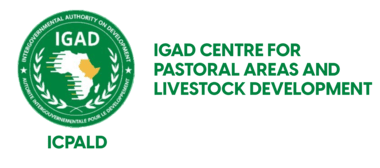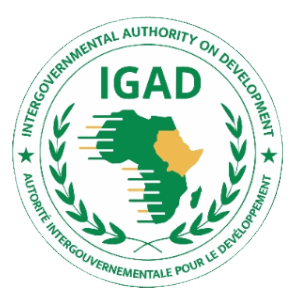- Version
- Download 6
- File Size 5 MB
- File Count 1
- Create Date June 28, 2025
- Last Updated October 21, 2025
Eastern Africa Livestock Feed and Feeding Strategy 2023-2037
The livestock sector, comprising of around 450 million heads of small and large ruminants, 6 million heads of pigs, and 275 million poultry, plays an important role in livelihoods, food security, nutrition, and economies across the countries in Eastern Africa2. It generates over US$ 1 billion annually through live animal and meat exports to the Middle East and North Africa in addition to providing critical nutrients through
meat, milk and eggs to the local population. This foreign exchange generated is vital for economic growth of many countries in the region. The sector has the potential to deliver both the agriculture-led growth and the socio-economic transformation in the region. However, one of the major constraints that prevents realization of this potential is the
poor or inadequate livestock feed and imbalanced feeding to livestock. Poor animal nutrition directly or indirectly affects the entire livestock sector, associated services, public goods and services, including animal productivity, health and welfare, product quality and safety, land use and land-use change, and greenhouse gas emission. Depending on the species raised and the production system, the cost of animal feed takes the biggest chunk of the total cost of production, reaching between 60 and 70%
in the case of poultry. Pastoral destitution in Eastern Africa is also attributed largely to the feed and water scarcity. The natural resource base in the rangelands is shrinking fast due to prolonged and more frequent climate extreme events and population growth. This region is frequently hit by severe droughts, resulting into unavailability and inaccessibility offered challenges during emergency situations. 0. With those in mind, it is being widely recognised that animal feed resources need to be considered in the broader development perspective and not just during emergency as it has been the case. Despite animal feed and feeding being the foundation of livestock systems, and food and nutrition security being heavily interlinked with feed security, particularly for the pastoralist community, it has received limited attention so far in the Eastern Africa region.



